Transport infrastructure is the "bloodline" of the economy , one of the strategic breakthroughs that need to be prioritized for synchronous and modern investment, creating the premise for socio-economic development, ensuring national defense - security, social security, and sustainable development.
If after the liberation day, in Tay Ninh province there were only two asphalt roads, National Highway 22A and National Highway 22B, which were destroyed by war, provincial roads and inter-provincial roads were severely damaged, even completely interrupted, then up to now the province's traffic infrastructure has been invested in relatively complete and synchronously.
Tay Ninh province is actively coordinating with Ho Chi Minh City to implement the Ho Chi Minh City - Moc Bai expressway project to realize the national road network planning for the 2021-2030 period, with a vision to 2050, meeting development requirements in the new period and meeting the aspirations of the Party Committee, government and people of Tay Ninh.
Perspective of Ho Chi Minh City - Moc Bai highway.
According to the assessment of Tay Ninh Provincial Planning for the period 2021-2030, with a vision to 2050, the current weakness of Tay Ninh province's transport infrastructure is that traffic connecting with provinces in the Southern key economic region is limited, small in scale, dependent on the overloaded National Highway 22 corridor, and lack of alternative routes, increasing connection time with regional transport hubs.
Need to break the monopoly on Ho Chi Minh City to reduce transportation costs
Assessing the current status of the transport infrastructure network system, the Tay Ninh Provincial Planning for the period 2021-2030, with a vision to 2050, states: the road network basically forms good internal connections to help goods circulate within the region from urban to rural areas.
The province's traffic system has formed a relatively complete North-South traffic axis (QL.22 - QL.22B, DT.784 - DT.793, DT.785, DT.786...) and some East-West axes in the northern districts (DT.794 - Thien Ngon Tan Hiep, DT.795, DT.781...).
Road investment in Tay Ninh province is relatively low due to good soil, flat terrain and relatively high density compared to other provinces in the Southeast region. The density of main roads is about 2 times higher than the national average and higher than that of provinces/cities in the Southeast region, demonstrating a high level of transport infrastructure provision, ensuring convenient access within the province.
However, the weak point is that the transport infrastructure connecting Tay Ninh with the provinces in the Southern key economic region is limited, small in scale, dependent on the overloaded National Highway 22 corridor, and the lack of alternative routes increases the connection time with regional traffic hubs. Meanwhile, road transport is still the main mode of transport in Tay Ninh with a rapid growth rate of vehicles in recent years.
According to forecasts, the demand for road traffic continues to increase, the National Highway 22 corridor from Trang Bang town, Go Dau to An Suong (Ho Chi Minh City) is likely to be more seriously congested in the period of 2025-2030, which will affect the transportation of goods and passengers between regions. In addition, the inter-provincial corridor in the East-West direction connecting with Binh Duong, Binh Phuoc, and Long An provinces is small in scale.
The provincial planning analysis: “The weak connection of the transport system makes Tay Ninh, although adjacent to the dynamic economic region of the Southeast, especially the commercial center of Ho Chi Minh City (Ho Chi Minh City), still isolated to the outskirts and less benefited from the spread of industrial activities, production and business as well as exploitation of consumer markets in big cities.
The advantages of water resources and cheap clean land are still not attractive enough for large and efficient businesses when logistics costs are too high, freight transport time is long and movement is also inconvenient.
According to a survey, the cost of transporting goods by road from Ho Chi Minh City to Bavet (Cambodia) one way is about 1,146 USD/100 km and 855 USD/100 km for two-way transport.
Therefore, when there is a policy to invest in building the Ho Chi Minh City - Moc Bai expressway - the shortest road connecting Ho Chi Minh City with Cambodia through Moc Bai international border gate, it is expected to reduce the load on the existing National Highway 22 and reduce transportation costs.
Looking forward to the first highway through the province
According to the national road network planning for the period 2021-2030, with a vision to 2050 according to Decision No. 1454/QD-TTg dated September 1, 2021 of the Prime Minister, Tay Ninh province has 3 expressways with a total length of 113 km. Of which, the Ho Chi Minh City - Moc Bai expressway (CT.31) is about 50 km long, with a scale of 6 lanes, invested before 2030.
To realize the above planning, on August 2, 2024, Decision No. 760/QD-TTg of the Prime Minister approved the investment policy for the Ho Chi Minh City - Moc Bai Expressway construction investment project (phase 1) under the public-private partnership method (BOT contract).
Ho Chi Minh City - Moc Bai Expressway with a total length of about 51 km. The starting point connects with Ring Road 3 - Ho Chi Minh City in Cu Chi District, Ho Chi Minh City; the end point intersects with National Highway 22 in Ben Cau District, Tay Ninh Province.
The route is built according to expressway standards, with investment phases with a cross-section of 4 lanes, a design speed of 120 km/h; site clearance according to the planning scale of 6 lanes. With a total investment of over 19,600 billion VND; the investment preparation and implementation period of the Project is from 2024 to 2027; divided into 4 component projects. Specifically:
Component project 1: Investment in construction of Ho Chi Minh City - Moc Bai Expressway (phase 1) under the public-private partnership method (BOT contract). Ho Chi Minh City People's Committee is the governing body.
Component project 2: Investment in construction of residential access roads and overpasses across the highway. Ho Chi Minh City People's Committee is the governing body.
Component project 3: Compensation, support, resettlement of Ho Chi Minh City - Moc Bai expressway section through Ho Chi Minh City. Ho Chi Minh City People's Committee is the governing body.
Component project 4: Compensation, support, resettlement of Ho Chi Minh City - Moc Bai expressway section through Tay Ninh province. Tay Ninh Provincial People's Committee is the managing agency.
According to the leader of the Department of Construction, after the Ho Chi Minh City - Moc Bai expressway is completed and connected to the Phnom Penh - Bavet expressway, together with the Eastern North-South expressway system, it will be a high-speed international intermodal road axis with large transport capacity, creating a breakthrough in the socio-economic development of Tay Ninh province in general and the whole region.
This expressway will also be operated in synchronization with Ho Chi Minh City's belt roads to form a transport corridor of Ho Chi Minh City - Tay Ninh, shortening the time to Long Thanh international airport and seaports, developing the industrial - urban - commercial - service chain of Moc Bai international border gate economic zone associated with the economic corridor of Moc Bai - Ho Chi Minh City - Bien Hoa - Cai Mep - Thi Vai port.
With its superiority in traffic, trade expansion, and regional connectivity, the Ho Chi Minh City - Moc Bai expressway project has received great attention and expectations from the people. As one of the households whose land and house had to be cleared to implement the Ho Chi Minh City - Moc Bai expressway project, Ms. Nham Thi My Hoa (Phuoc Thanh commune, Go Dau district) said: "When I heard the news of being cleared, my family was a bit sad and worried, but because of the State's general policy to build the expressway, my family completely agrees with the policy. Because this is a key project of the country and the province, in the future it will bring great benefits to the people of Tay Ninh."
Talking about the significance of the expressway to the current traffic situation, Mr. Dang Van Dia - Head of An Duoc Quarter, An Tinh Ward, Trang Bang Town said: "When there is an expressway, it will greatly reduce the load on National Highway 22. Currently, it takes about 120 minutes to go from here to Ho Chi Minh City, but if there is an expressway, it will take only a few dozen minutes to get there.
The expressway is completed, going on the expressway is fast, and going on National Highway 22 is also fast, because the traffic volume has been reduced a lot. This project has been reported since 2020, at that time our people were very excited, everyone was excited, because for the first time, Tay Ninh had a expressway project going through. As for the households whose land was recovered and cleared, they also wanted the project to be quickly implemented so that they could feel secure in farming and living.
Phuong Thuy
(to be continued)
Source: https://baotayninh.vn/ky-1-pha-diem-nghen-chien-luoc-ve-ha-tang-giao-thong-ket-noi-vung-a190560.html


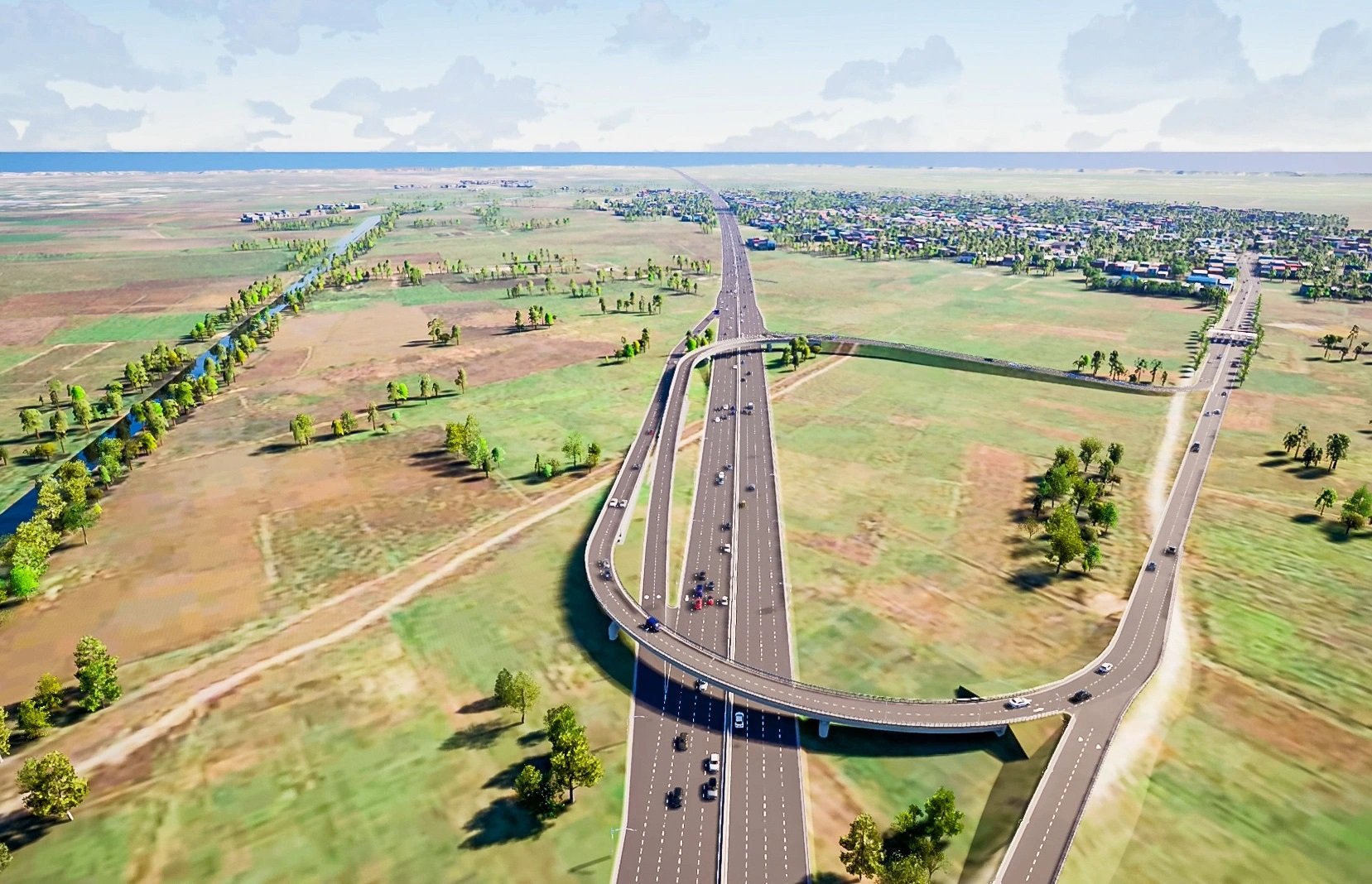
















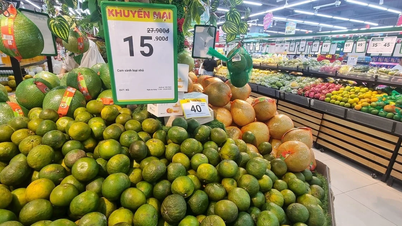








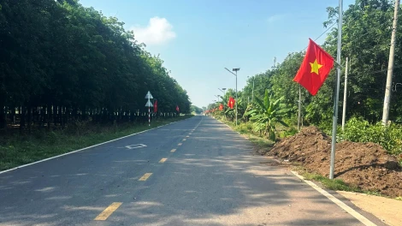

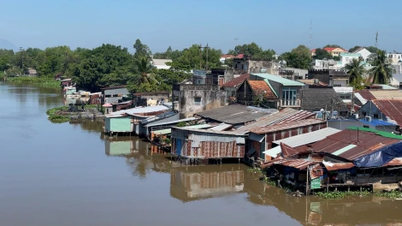


































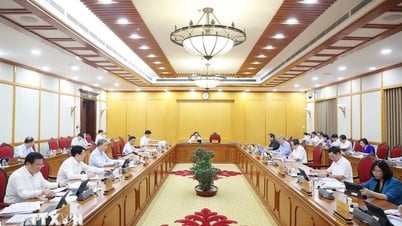












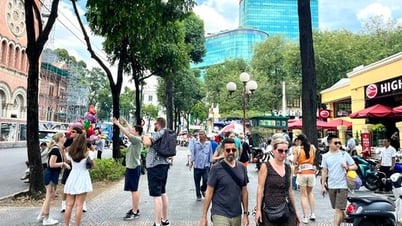
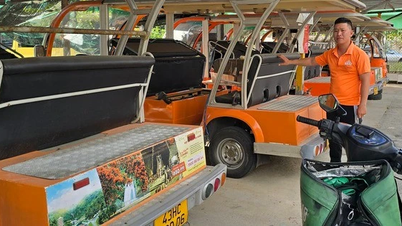

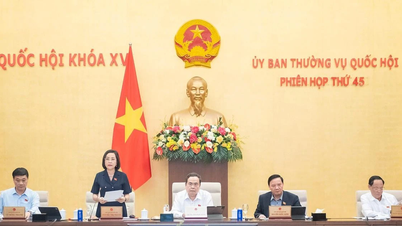
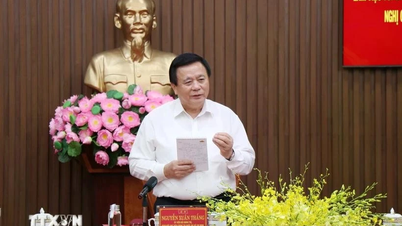








![[OCOP REVIEW] Tu Duyen Syrup - The essence of herbs from the mountains and forests of Nhu Thanh](https://vphoto.vietnam.vn/thumb/402x226/vietnam/resource/IMAGE/2025/6/5/58ca32fce4ec44039e444fbfae7e75ec)



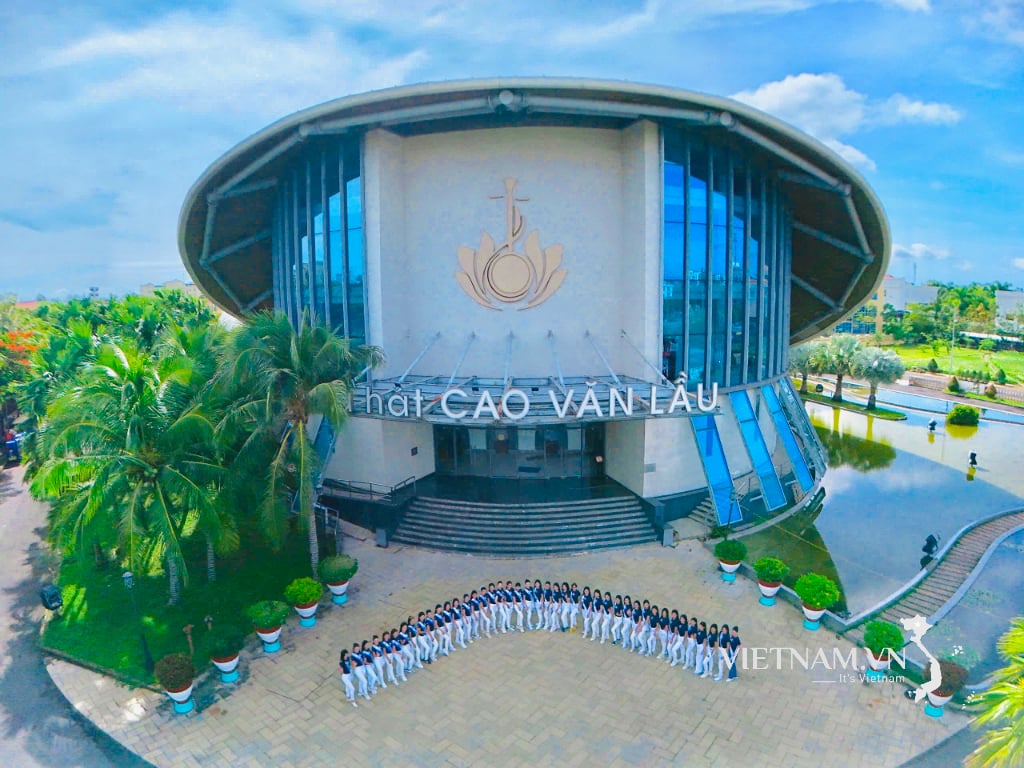
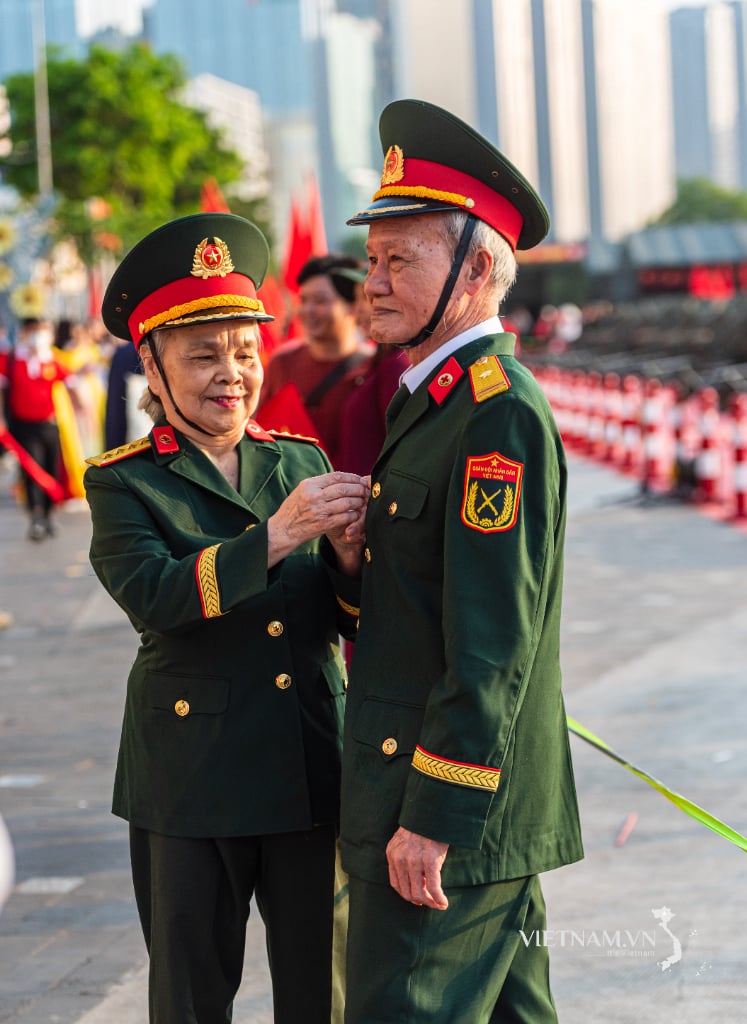

Comment (0)